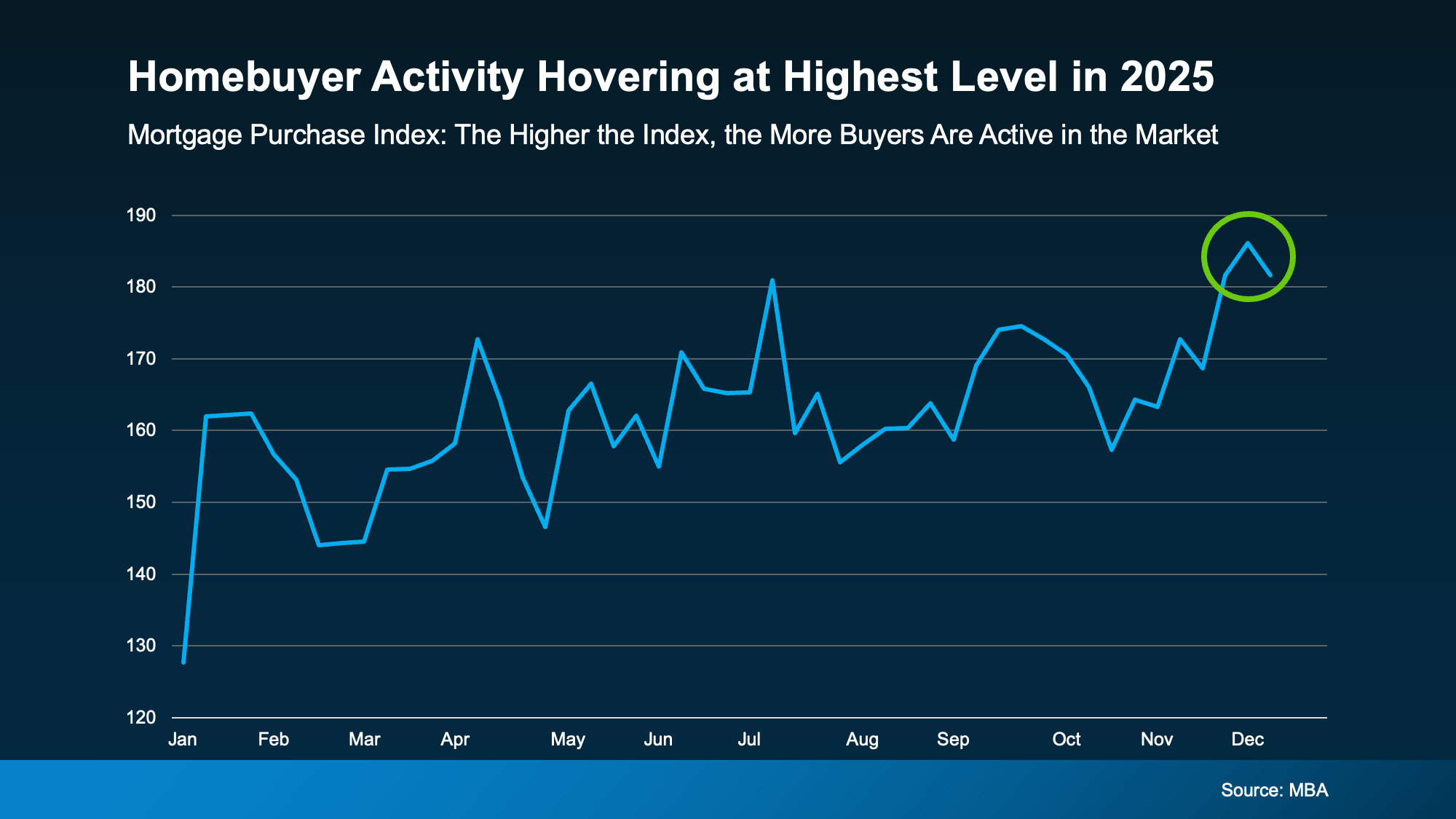What the Fed’s Latest Rate Cut Could Mean for Your Mortgage
What the Fed’s Latest Rate Cut Could Mean for Your Mortgage
Sep 21, 2025 -- The Federal Reserve just made its first interest rate cut since last year, and many homeowners and buyers are wondering: Will this bring mortgages down too? The answer, as is often the case in housing, is not as straightforward as it seems.
Last week, the Fed trimmed its benchmark rate by a quarter of a percentage point and suggested that more cuts could be coming before year’s end. The move signals that the central bank is paying close attention to signs of a cooling labor market, but how this translates into mortgage rates — and affordability — depends on several moving parts.
Let’s explore how Fed policy can influence mortgage rates and what this could mean for buyers, sellers, and homeowners right now.
Why a Fed Rate Cut Doesn’t Automatically Lower Mortgages
It’s tempting to think that when the Fed cuts rates, mortgage costs should fall with them. But mortgages don’t work that directly. Instead, rates on home loans are tied closely to the bond market — specifically the 10-year Treasury yield, which serves as a standard measure for investors.
Here’s how it works:
- Mortgages get bundled into mortgage-backed securities, which are sold to investors.
- To remain appealing compared to government bonds, mortgage yields shift in line with Treasury bonds.
- If bond yields rise, mortgage rates typically move up too. If bond yields drop, mortgage rates are likely to follow.
That’s why sometimes mortgage rates can rise even in periods when the Fed is cutting its policy rate.
What We’ve Seen Recently
Mortgage rates have been easing since midsummer, largely because financial markets were betting that the Fed would eventually roll out cuts. As of mid-September, the average 30-year fixed mortgage rate hovered near 6.35%, the lowest in almost a year.
We saw something similar in 2023. Rates dipped when the Fed began easing, but the effect didn’t last. Within a few months, rates had climbed again, peaking above 7% in early 2024. That history serves as a reminder that rate cuts don’t guarantee a steady path downward for home loans.
What the Experts Are Saying
Many economists agree that rates could tick a bit lower in the short run, but they don’t anticipate a sharp decline.
- Bright MLS Chief Economist Lisa Sturtevant notes that while the Fed has hinted at further cuts, any sign of rising inflation (such as August’s hotter-than-expected numbers) could put upward pressure on mortgage rates.
- Danielle Hale of Realtor.com reminds us that it’s not just today’s policy move that matters — investor outlook on inflation, job growth, and the broader economy all play into where borrowing costs land.
- Projections from Realtor.com suggest that the 30-year mortgage rate may end the year between 6.3% and 6.4%, which is not far from current levels. Other forecasts agree that staying above 6% seems likely into 2026.
In short: mortgage rates may drift down slightly, but don’t expect a return to pandemic-era lows.
Impacts on the Housing Market
The modest drop in borrowing costs is good news for shoppers — but housing affordability is still under strain.
- Sales have slowed: Existing home sales remain sluggish after sinking last year to the lowest level in nearly three decades.
- Prices remain elevated: Even though home price growth has cooled somewhat, values remain up about 50% across the country since 2020.
- Affordability remains a hurdle: Lower rates give buyers more room in their budgets, but with prices still high, many are still priced out.
Sturtevant puts it simply: “One rate cut won’t untangle the housing market on its own. We’d need to see both further rate relief and slower home price growth — or even declines — to significantly improve affordability.”
What Buyers Should Consider
For buyers hoping to take advantage of rate cuts, the reality is that small changes won’t transform affordability overnight. Still, there are a few strategic takeaways:
- Act if the numbers work now: If you find a home that fits your needs and budget, waiting for a major rate drop may not be worthwhile.
- Think long-term: A purchase made today can always be refinanced later if lower rates materialize.
- Expect competition: If mortgage rates slide further, more buyers could rush back into the market, creating more competition.
What About Homeowners Looking to Refinance?
Refinance activity has already picked up in recent weeks as rates edged lower. Generally, refinancing makes financial sense if you can reduce your rate by at least 1 percentage point, which can offset closing costs and fees. For many homeowners, the current market may provide just enough of an opportunity to lock in savings.
Key Takeaway
The Fed’s rate cut is a step toward easing borrowing costs, but it doesn’t guarantee mortgage rates will fall dramatically — or for long. For now, buyers and homeowners should focus more on affordability in their personal budgets rather than trying to time the market perfectly.
If rates continue to trend downward, that will be welcome news.
Categories
Recent Posts










GET MORE INFORMATION

